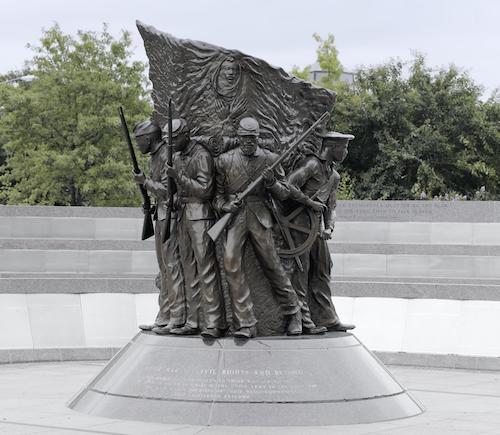INDOOR EXHIBIT IS CLOSED
- About Us
- Programs
- Education & Research
- Blog
- News & Events
- Get Involved
- About Us
- Programs
- Education & Research
- Blog
- News & Events
- Get Involved
- About Us
- Programs
- Education & Research
- Blog
- News & Events
- Get Involved
USCT Historic Trail
USCT Historic Trail Map
Select a pin for more details
The USCT Historic Trail
In July 2026 the nation will commemorate the 250th Anniversary of the country. The journey toward this historic milestone is an opportunity to reflect and honor the contributions of all Americans. Toward this end, the United States Colored Troops Historic Trails Project (USCT Historic Trail) began in the fall of 2022 as a project to elevate the story of the United States Colored Troops and connect the African American Civil War Memorial to the national historical landscape of the USCT at relevant National Parks and Historic Sites in the United States.
From the heroics of the 54th Massachusetts Regiment to Black troops liberating the last victims of chattel slavery in America, Black soldiers played a critical role in the Union war effort that to this day remains largely outside of the public’s historical consciousness.
The project is supported by the National Park Service and National Park Foundation and will allow trail users to see a map of historic sites related to the history of the United States Colored Troops, and resources associated with sites.
Collect Your USCT Trail Stamps!
We’re thrilled to announce that USCT Trail Stamps are now available at select sites across the country! These special stamps, perfect for your National Park Service passport books, celebrate the rich history of the United States Colored Troops (USCT). As you explore the sites along the USCT Historic Trail, you’ll not only learn about the pivotal role the USCT played in shaping America’s history but also have the chance to collect unique stamps at each location.
Start your journey today and be sure to grab your USCT Trail Stamps at these participating locations:
- African American Civil War Memorial
- Appomattox Court House National Historic Park
- Camp Nelson National Monument
- Reconstruction Era National Historic Park
- Vicksburg National Military Park
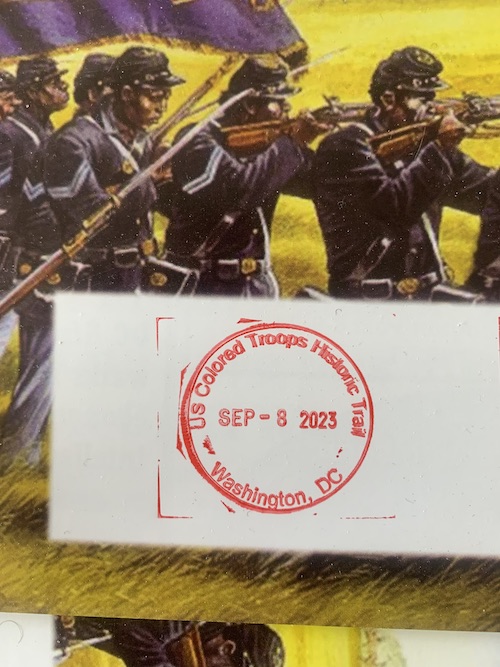
Visit Us
1925 Vermont Ave, NW
Washington, DC 20001
Ph. 202-667-2667
Indoor exhibit is closed
Join Our Mailing List
Get updates on Museum news and special events right in your inbox!
© 2025 AACWM All rights reserved • Web Design by Liquid Web Designs •
Privacy Policy • Terms and Conditions


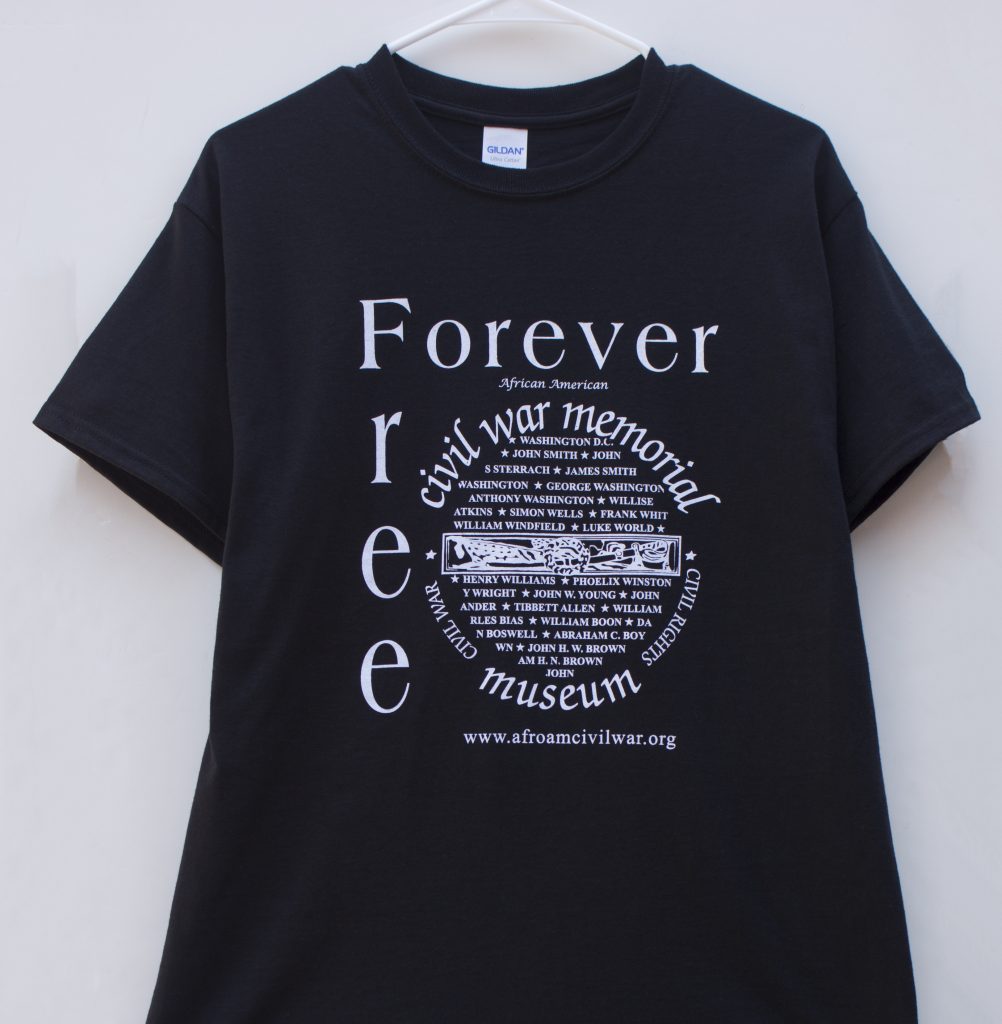
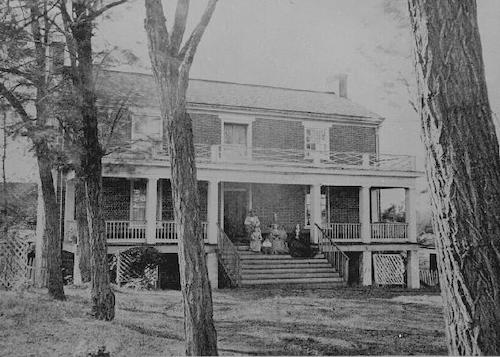
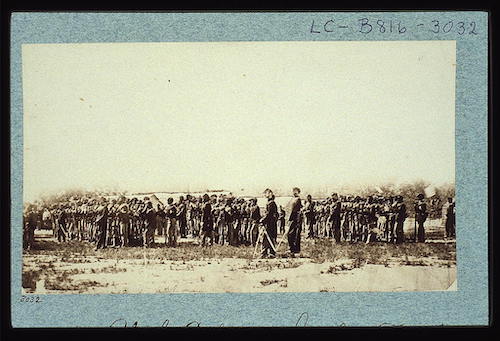
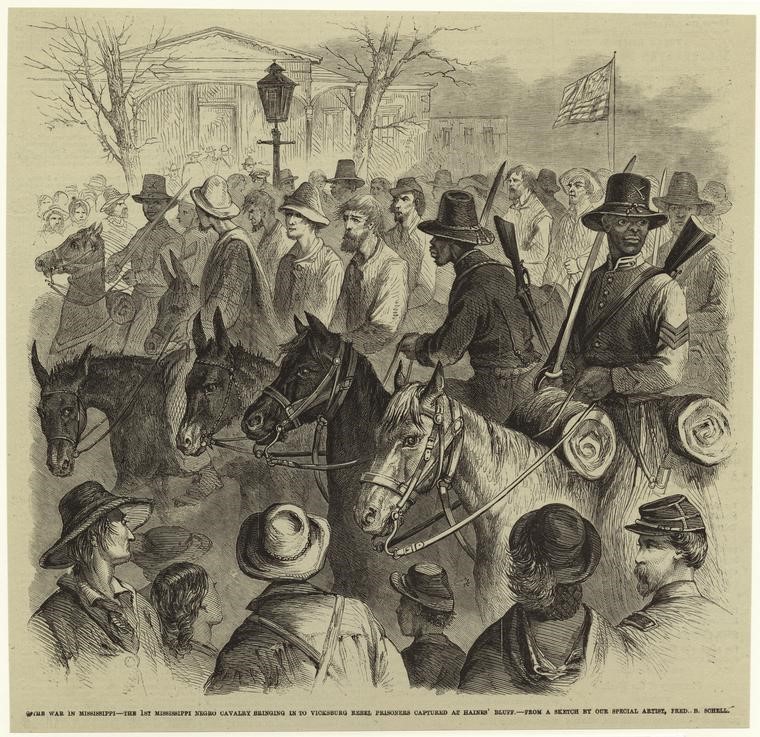
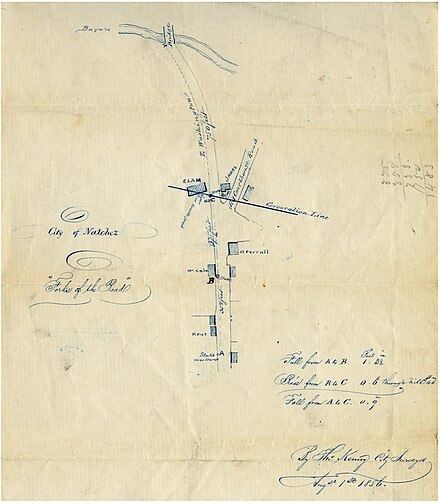
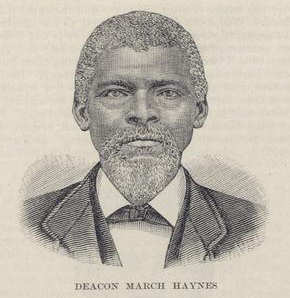

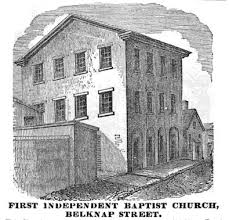 Boston, Massachusetts
Boston, Massachusetts